
De Javasche Bank Museum
Step into colonial banking history at this stunning Neo-Renaissance museum, featuring a grand vault and preserved teller booths. Free entry!
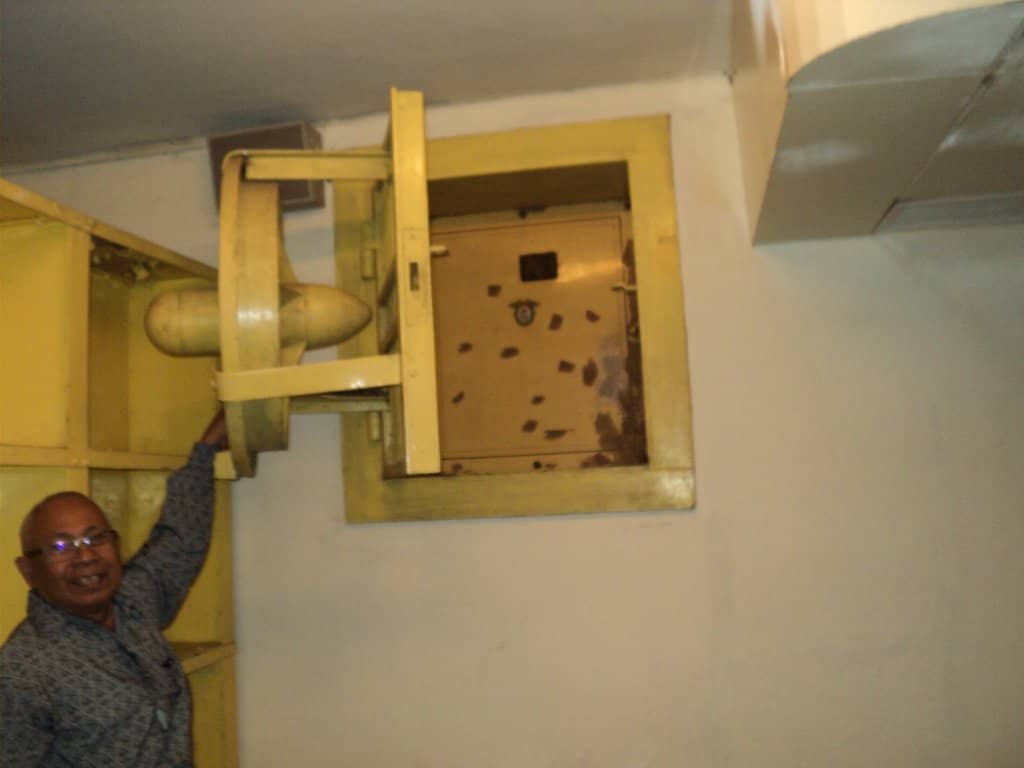
Highlights
Must-see attractions
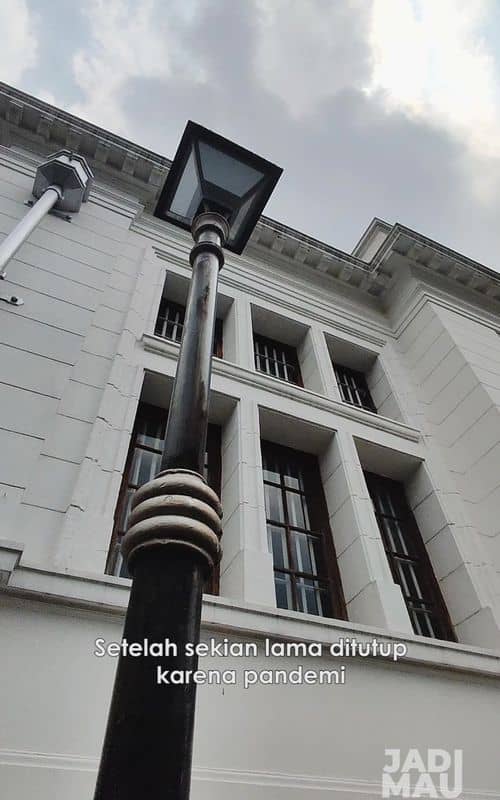
Social
From TikTok & Reddit
Best Time
Fewer crowds, peaceful exploration

De Javasche Bank Museum
Best Time
Fewer crowds, peaceful exploration

Highlights
Must-see attractions
Step into colonial banking history at this stunning Neo-Renaissance museum, featuring a grand vault and preserved teller booths. Free entry!
"An excellent and well-preserved heritage building with fascinating historical exhibits."
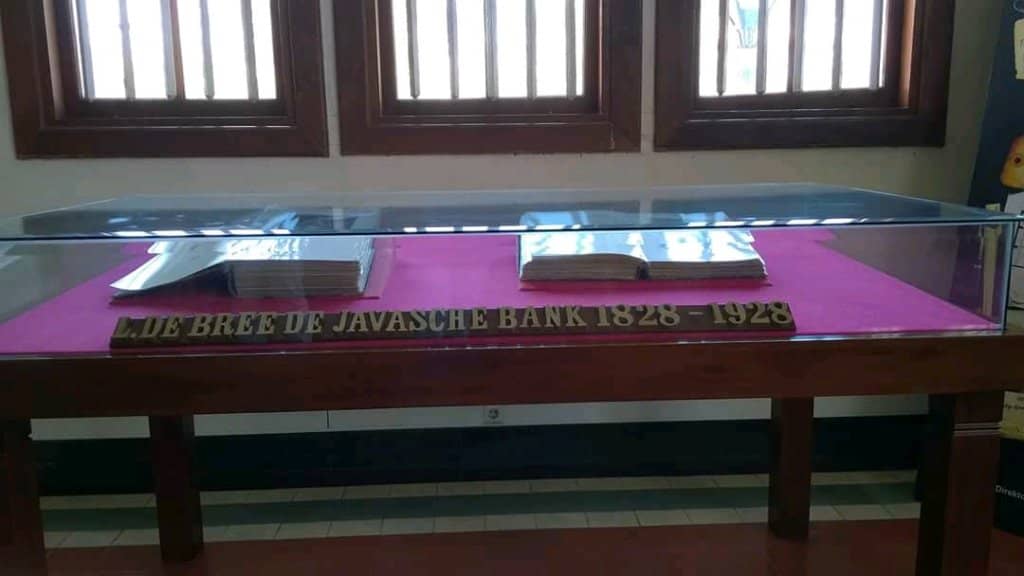
🎯 Free Entry & Registration
Entry is free! Just register upon arrival.
🚶♀️ Explore with a Guide
Free tour guides are available to enhance your historical journey.
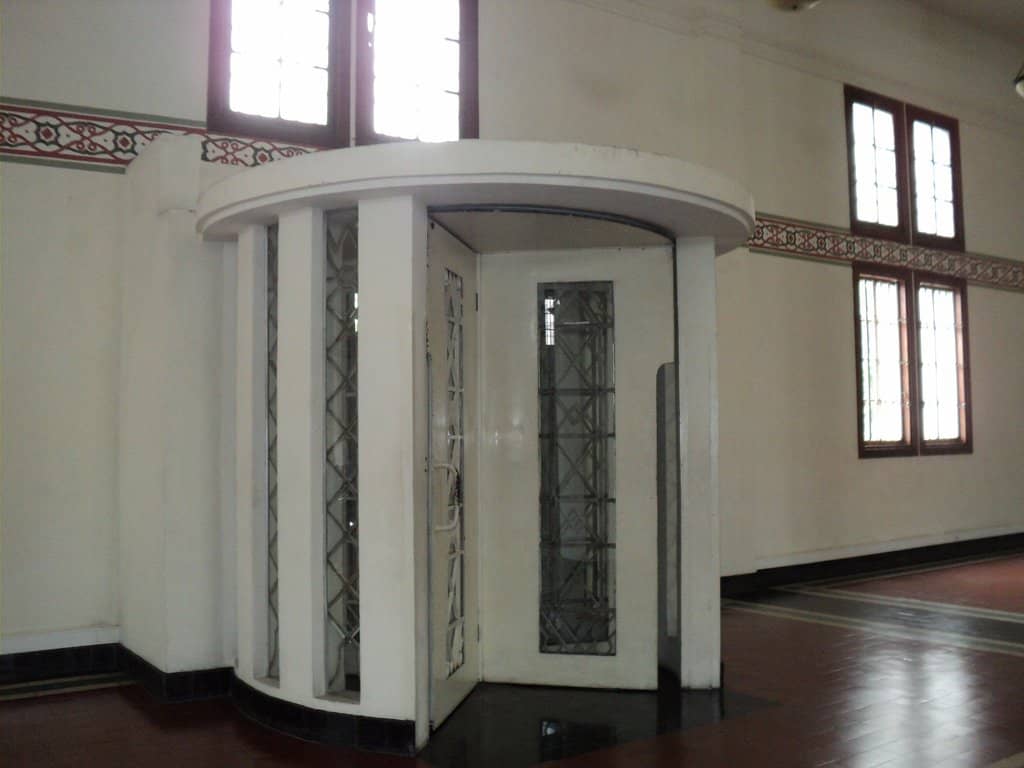
Highlights
Discover the most iconic attractions and experiences
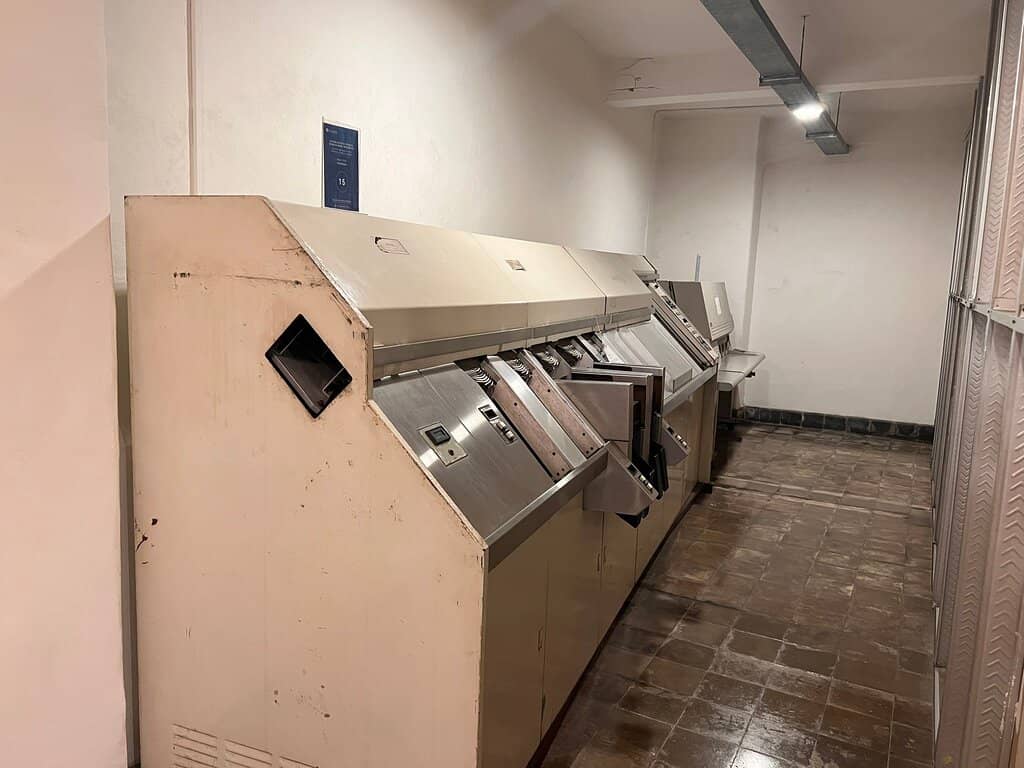
The Grand Vault
Ground floor
Step inside the impressive walk-in safe and marvel at the gold bars, a true testament to colonial wealth.
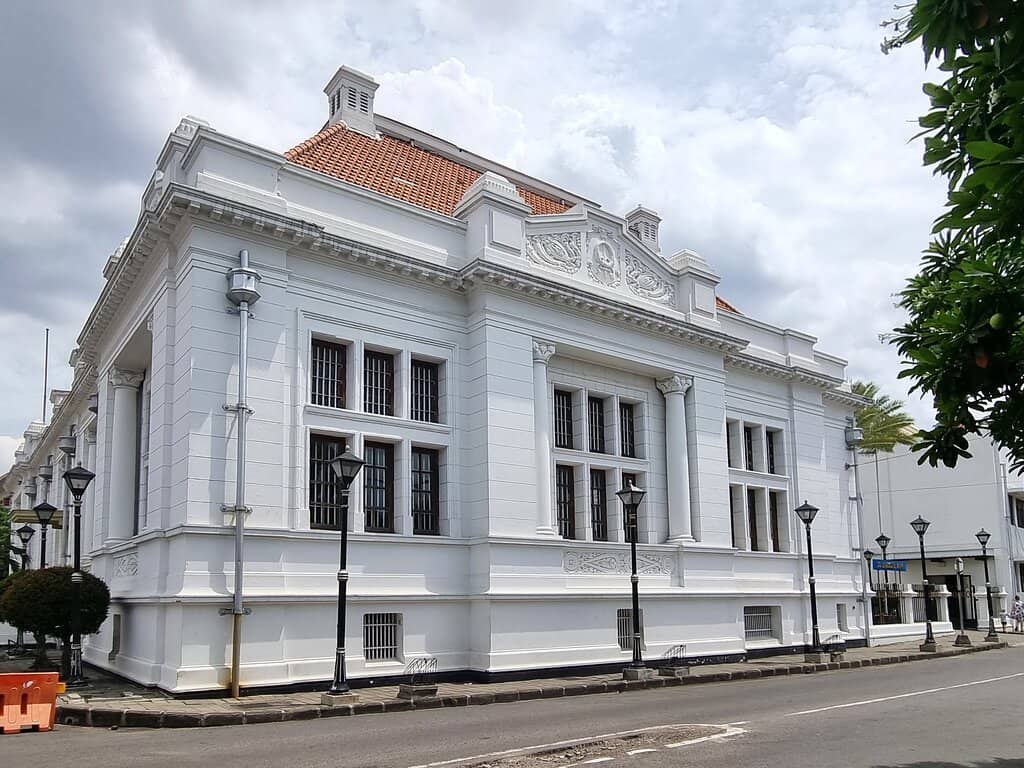
Colonial Era Teller Booths
Upstairs
See the beautifully preserved teller booths, transporting you back to the bustling days of colonial banking.
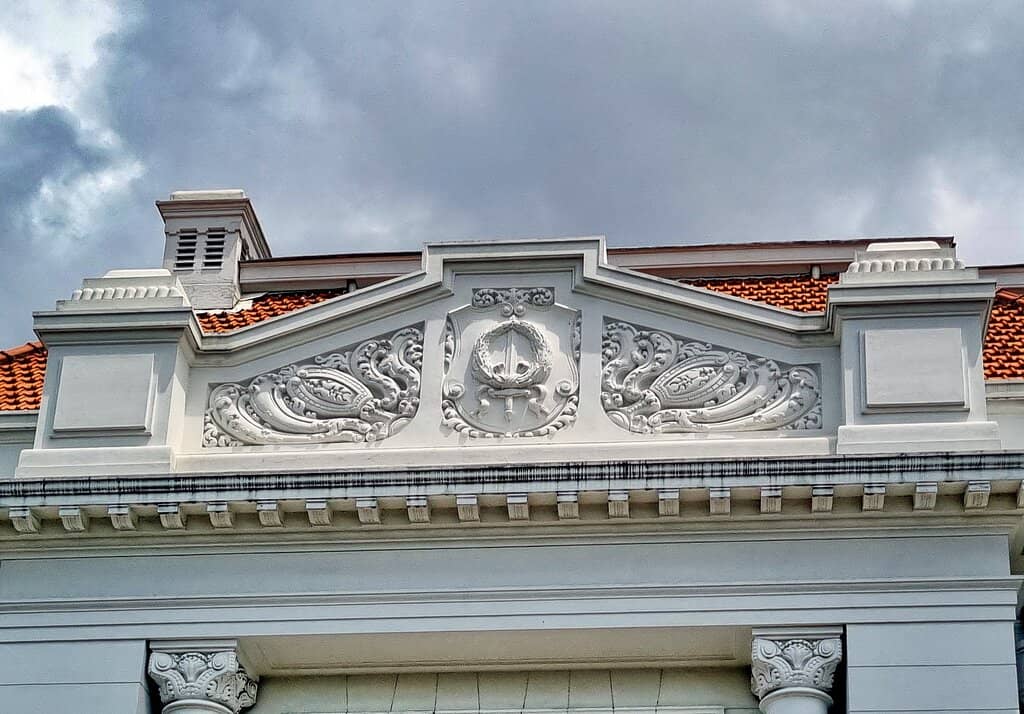
Architectural Grandeur
Entire building
Admire the stunning Neo-Renaissance architecture, a historical gem in Surabaya's Kota Tua.
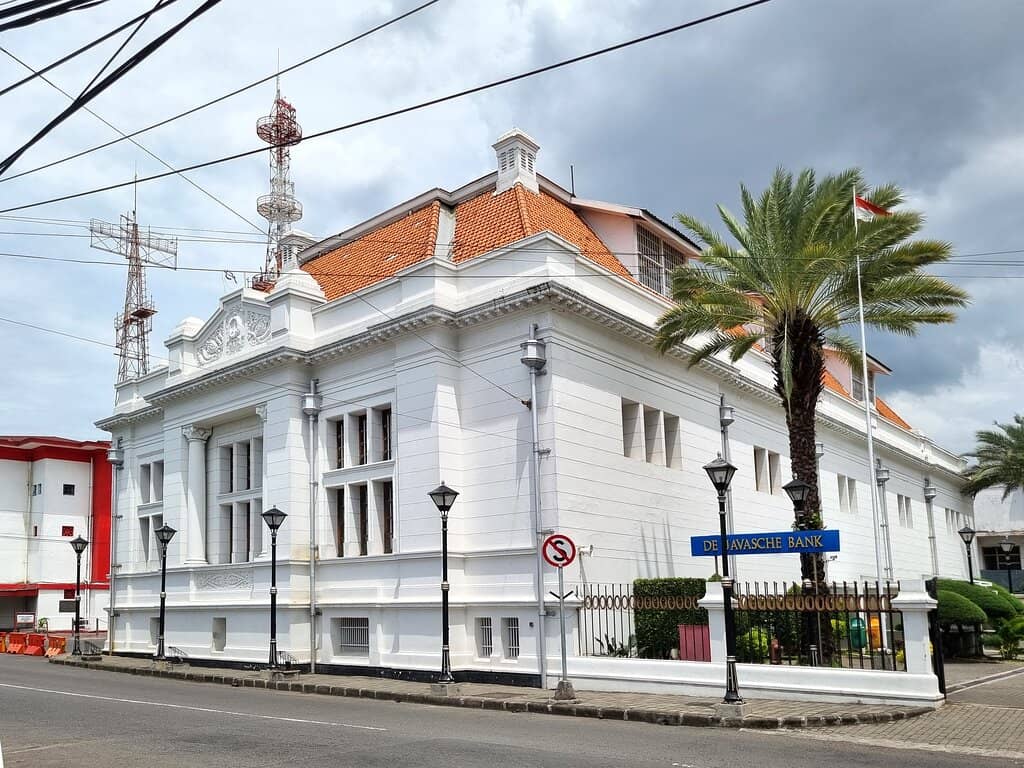
Numismatic Collections
Exhibition halls
Explore a rich collection of old paper money and numismatic items, tracing the evolution of currency.
Plans like a pro.
Thinks like you
Planning Your Visit
Free Entry & Historical Immersion
Best Time to Visit for Fewer Crowds
Best Times
Insider Tips
from TikTok, Instagram & Reddit
🎯 Free Entry & Registration
Entry is free! Just register upon arrival.
🚶♀️ Explore with a Guide
Free tour guides are available to enhance your historical journey.
📸 Aesthetic Photo Spots
Capture stunning photos with the building's beautiful architecture.
💡 Learn About Currency History
Discover the evolution of money and banking in Indonesia.
Tips
from all over the internet
🎯 Free Entry & Registration
Entry is free! Just register upon arrival.
🚶♀️ Explore with a Guide
Free tour guides are available to enhance your historical journey.
📸 Aesthetic Photo Spots
Capture stunning photos with the building's beautiful architecture.
💡 Learn About Currency History
Discover the evolution of money and banking in Indonesia.
❄️ Enjoy the Air Conditioning
Stay cool with the museum's effective air conditioning system.
What Travellers Say
Reviews Summary
Visitors praise the De Javasche Bank Museum for its beautiful, well-preserved heritage architecture and free entry. The historical exhibits, including the vault and old teller booths, are highlights, offering an educational glimpse into colonial banking. While some suggest improvements for greater engagement, the museum is considered an interesting and cool destination, especially for history buffs and photographers.
"U register for Free on entry.
Walk around the historic building & U will see Gold bars in the big walk in safe. Old paper money from the Dutch era until now.
Old bank Teller booths are upstairs.
Banknote collectors will love this place."
Jimbob Hughes
"Beautiful building, can be made more interesting by displaying real Indonesian money with proper explanation. Staffs are very friendly. It has big potential to be better museum, maybe with some informative video about the history of money and Bank Indonesia. I'm ready to revise my review to 5 stars when proper improvement made"
Evi Yuliati
"Tons of Aircon and it's free too. Not too big but it's still an interesting place with beautiful architecture"
Ve Momo
What People Like
What People Dislike
Frequently Asked Questions
🚇 🗺️ Getting There
The museum is located in Surabaya's Kota Tua area at Jl. Garuda No. 1, Krembangan. You can reach it by public transport or ride-sharing services. Many visitors find it convenient to combine a visit with exploring other attractions in the historic district.
Parking is available in the Kota Tua area, though it can get busy. Consider arriving early or using ride-sharing for ease.
Absolutely! Many walking tours of Surabaya's Kota Tua include a stop at the De Javasche Bank Museum, offering a guided historical perspective.
Walking is the best way to explore Kota Tua and its surrounding historical sites. The museum is easily accessible on foot once you're in the area.
While the main floors are generally accessible, some older heritage buildings may have limitations. It's advisable to contact the museum directly for specific accessibility information.
🎫 🎫 Tickets & Entry
Entry to the De Javasche Bank Museum is completely FREE! You just need to register upon arrival.
The museum is typically open from Tuesday to Sunday, from 8 AM to 4 PM. It is closed on Mondays.
No advance booking is required as entry is free. However, for special exhibitions or group visits, it's always a good idea to check their official channels.
Yes, the museum sometimes hosts special exhibitions like 'Museum Bersama: Beyond The Ages,' which brings together various museums. Keep an eye on their social media for announcements.
Yes, photography is generally allowed, and many visitors enjoy capturing the beautiful architecture and exhibits. Some areas might have restrictions, so be mindful of signage.
🎫 🧭 Onsite Experience
You can explore historical banking exhibits, see gold bars in the vault, view old currency, and admire the colonial-era architecture. Free tour guides are also available.
Yes, free tour guides are available to provide insights into the museum's history and collections.
De Javasche Bank was the first central bank in the Dutch East Indies, established in 1828, and played a crucial role in the region's financial history.
The museum offers an educational and interactive experience, showcasing numismatics, money printing tools, and other banking artifacts.
Take your time to wander through the building, read the exhibit descriptions, and consider joining a free tour for a deeper understanding.
📸 📸 Photography
The grand architecture, the vault, the old teller booths, and the exterior of the building are all fantastic photo opportunities.
Tripod usage policies can vary. It's best to check with museum staff upon arrival to ensure compliance with their photography guidelines.
Generally, photography is allowed, but flash photography might be restricted in certain areas to protect exhibits. Always look for signage.
Visitors often capture architectural details, historical artifacts, and 'aesthetic' shots that highlight the building's vintage charm.
Yes, the beautiful architecture makes it a popular spot for pre-wedding photoshoots, though permission might be required.
For Different Travelers
Tailored advice for your travel style
👨👩👧 Families with Kids
💰 Budget Travelers
🏛️ History & Architecture Enthusiasts
Deep Dives
In-depth insights and expert knowledge
A Glimpse into Colonial Banking History
The building itself is a historical artifact, featuring an original temperature regulation system that utilized a water moat beneath the structure. Inside, you'll find a wealth of numismatic collections, including old paper money and coins, as well as vintage counting machines and printing tools. The museum offers an immersive educational experience, allowing visitors to understand the economic landscape of the past and the foundational role De Javasche Bank played.
Beyond the artifacts, the museum provides a unique opportunity to step back in time. The preserved teller booths upstairs evoke the atmosphere of a bygone era, while the imposing vault, complete with gold bars, offers a tangible connection to the wealth and power of colonial banking. The museum's commitment to preservation ensures that this significant piece of Indonesian history remains accessible and engaging for all visitors.
Architectural Marvels and Preservation
One of the most fascinating aspects of the building's design is its innovative climate control system. The original temperature regulation utilized a water moat located beneath the structure, a testament to the advanced engineering of the time. This historical feature, along with the state-of-the-art surveillance system of that era—employing strategically placed mirrors around the safe—highlights the building's historical significance beyond its function as a bank.
Visitors consistently praise the building's beauty and excellent preservation. The museum actively showcases this heritage, allowing guests to appreciate not only the exhibits but also the historical context of the space itself. The combination of rich history and stunning architecture makes the De Javasche Bank Museum a must-visit for anyone interested in heritage and design.
Exploring the Collections: Money and More
Beyond banknotes, the museum displays a variety of numismatic items, including coins and other forms of historical tender. Visitors can also see vintage counting machines and tools used in money printing, offering a behind-the-scenes look at the mechanics of banking. The highlight for many is the opportunity to see actual gold bars displayed within the museum's impressive, walk-in vault.
While some reviewers noted that paper cutouts of coins were used instead of actual examples in some displays, the overall collection is considered interesting and educational. The museum's commitment to showcasing these artifacts allows visitors to gain a deeper appreciation for the history of money and banking in Indonesia.


Social
from TikTok, Instagram & Reddit